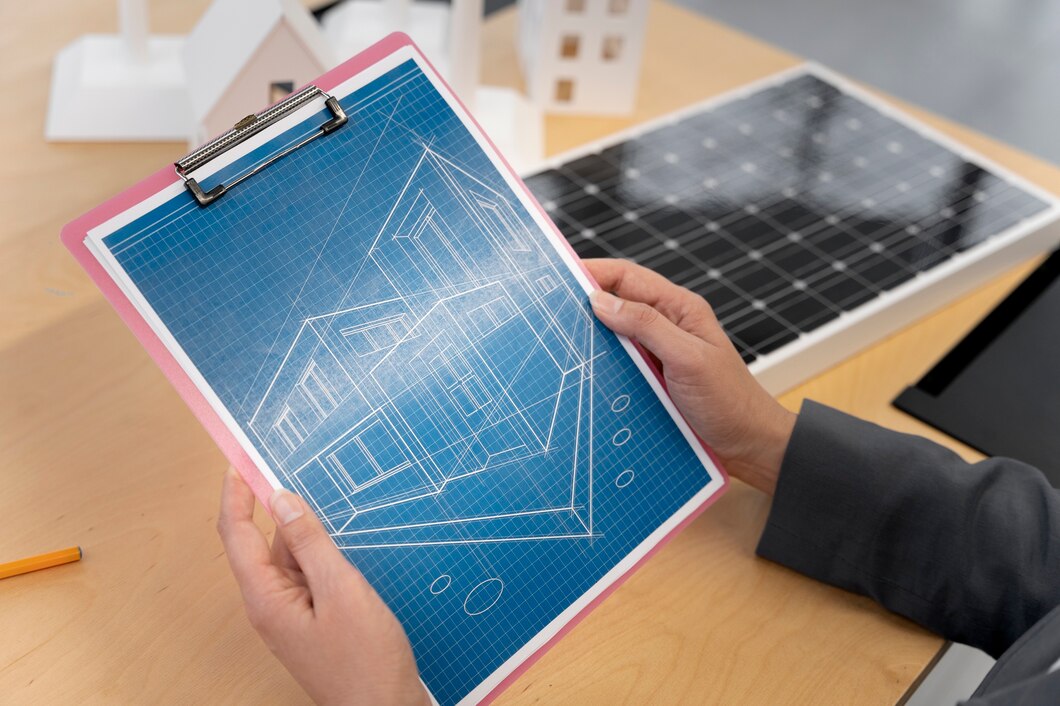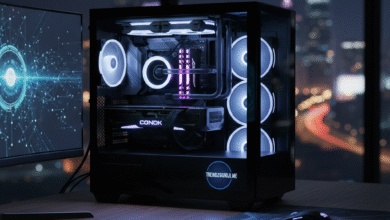How to Plan a Solar Panel System for a New Build

Planning a solar panel system for your new build is a great way to ensure your home is energy-efficient and environmentally friendly. Soly’s experts can help guide you through the process, making it easier to understand and implement. Solar panels can save you money on electricity bills and reduce your carbon footprint. This guide will take you through the steps needed to plan and install a solar panel system, from assessing your energy needs to choosing the right installer.
Assessing Energy Needs
First, you need to figure out how much energy your household uses. Check your past utility bills to see your average consumption. Think about any future needs, like electric cars or more appliances. It’s also important to make your home as energy-efficient as possible. Better insulation, energy-efficient windows, and LED lighting can reduce your overall energy use, making your solar panel system more effective and affordable.
Understanding Solar Potential
Next, you need to evaluate the solar potential of your site. Look at your roof’s orientation and tilt to ensure it gets enough sunlight. Conduct a shading analysis to see if trees or buildings block the sun. Consider your local climate and how much sunlight you get throughout the year. This will help you understand how much energy your solar panels can produce and if you need any adjustments.
Types of Solar Panel Systems
There are three main types of solar panel systems: grid-tied, off-grid, and hybrid. Grid-tied systems connect to the utility grid and are great for net metering. Off-grid systems are independent and perfect for remote areas but require battery storage. Hybrid systems combine both, offering the best of both worlds. Each type has its benefits and limitations, so choose the one that fits your needs and location best.
Choosing the Right Solar Panels
Choosing the right solar panels is crucial. There are monocrystalline, polycrystalline, and thin-film panels. Monocrystalline panels are efficient and space-saving, polycrystalline panels are cost-effective, and thin-film panels are flexible but less efficient. Consider the efficiency, performance, and aesthetics of each type. The right panels will depend on your budget, space, and energy needs.
Sizing the Solar Panel System
To size your solar panel system, you need to match your energy needs with your solar output. Calculate how much energy your panels will produce based on your location and system efficiency. Don’t forget to account for efficiency losses due to shading or temperature changes. Consider adding battery storage to store excess energy and provide backup power. A well-sized system ensures you get the most out of your solar panels.
System Design and Layout
The design and layout of your solar panel system are important for maximizing efficiency. Decide whether to mount the panels on your roof or on the ground. Consider the orientation and angle for optimal sunlight exposure. Choose the right inverter, whether it’s a string inverter, microinverter, or power optimizer. Ensure the system integrates smoothly with your existing electrical setup and home automation systems.
Budgeting and Financing
Budgeting for a solar panel system involves understanding all costs, including panels, inverters, batteries, and installation. Explore different financing options like loans, leases, and power purchase agreements (PPAs) to find the best fit for your financial situation. Take advantage of federal tax credits and local incentives to reduce upfront costs. Proper budgeting and financing make solar panels more affordable and accessible.
Permitting and Regulations
Before installing solar panels, you need to understand local building codes and regulations. Research specific requirements in your area and obtain the necessary permits. Work with your utility company to set up interconnection agreements and understand net metering policies. Navigating permits and regulations ensures your solar panel system is compliant and can connect to the grid without issues.
Choosing a Solar Installer
Choosing the right solar installer is crucial for a successful installation. Research potential installers, checking their experience, certifications, and customer reviews. Get multiple quotes to compare prices and services. Ask questions about warranties, maintenance, and installation timelines. A reliable installer will guide you through the process and ensure your solar panel system is installed correctly.
Installation Process
The installation process begins with a pre-installation checklist, including site preparation and ordering equipment. Understand the typical installation steps, from mounting the panels to connecting the system. Expect the process to take a few days to a week. After installation, the system will be tested to ensure it’s working correctly. A final walkthrough will help you understand system operation and maintenance.
Maintenance and Monitoring
Regular maintenance and monitoring are essential to keep your solar panel system running efficiently. Clean the panels regularly to remove dirt and debris. Inspect the system for any damage or wear. Use monitoring software to track energy production and identify any issues. Proper maintenance and monitoring ensure your solar panels continue to provide reliable, clean energy for years.
Final Thoughts
Planning a solar panel system for a new build involves several steps, but the benefits are worth it. Solar panels can save you money on energy bills and reduce your environmental impact. By assessing your energy needs, understanding your solar potential, and choosing the right system and installer, you can ensure a successful solar panel installation. Regular maintenance and monitoring will keep your system running efficiently. Start planning today and enjoy the long-term benefits of solar energy.



